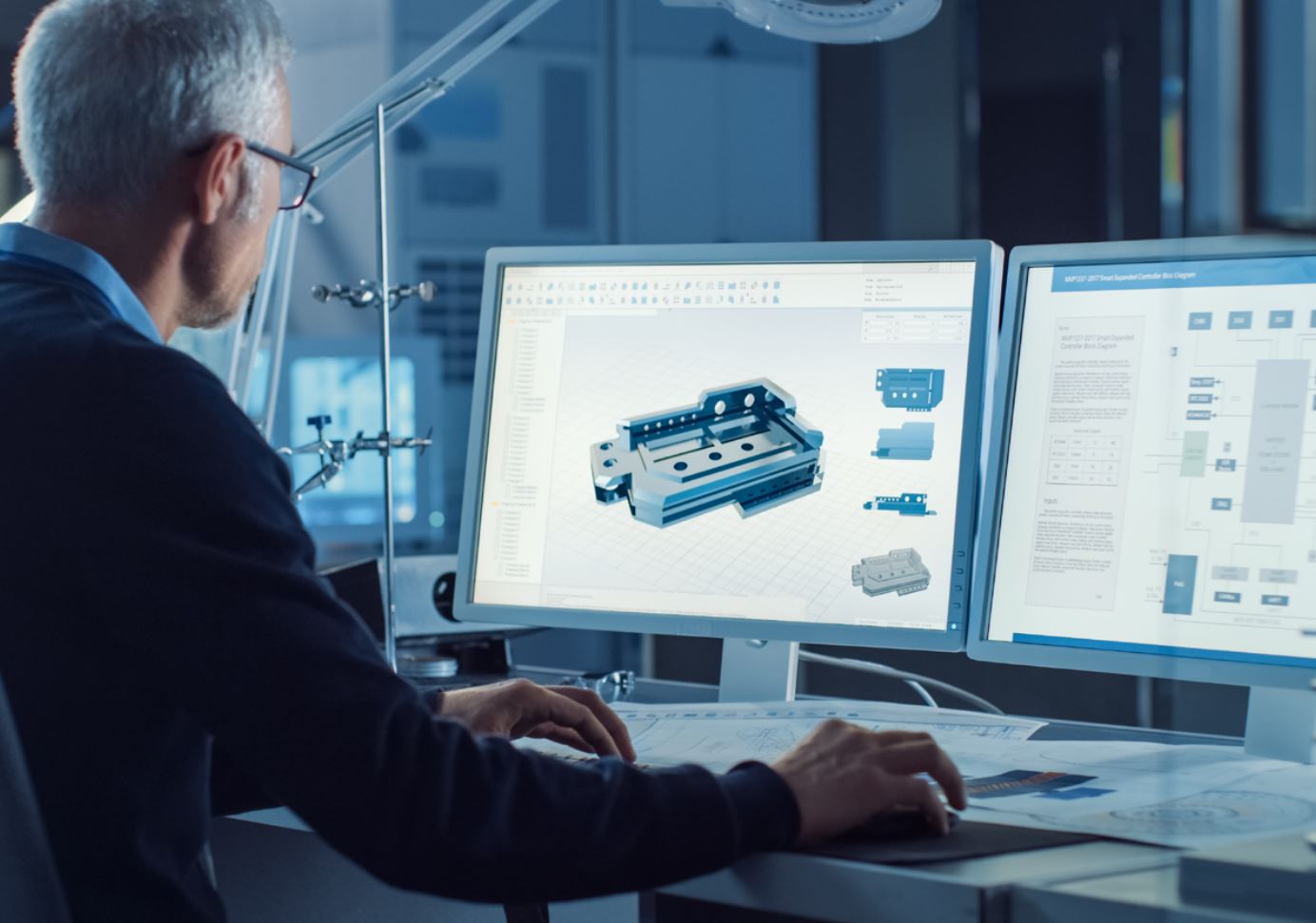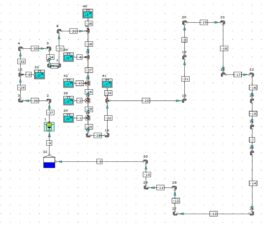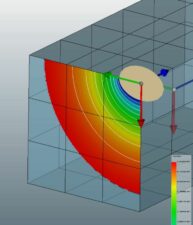
Software training & support with DOCAN explained
DOCAN's software support and training services aim to help you get the most out of your software and integrate new products seamlessly into your business.
Over many years of consultative engineering work, we have developed partnerships with several industry-leading software houses. As well as acting on their behalf as official distributors and channel partners, we are also well positioned to provide our own expert support and training for the products.
This short article aims to clearly explain both services, communicating the benefits of working with an engineering consultancy as a software provider.
Our software solutions
Before we discuss our support and training, let us first establish which software solutions we offer.
CAESAR II
Comprehensive pipe stress analysis software.
Flownex Simulation Environment
Industry-leading 1D Fluid systems analysis software.
BricsCAD
Modern CAD software for 2D drafting and 3D modelling.
Maple
Mathematics-based software for education, engineering, and research.
Rescale
High-performance computing service providing access to over 600 CAE packages.
Software Support with DOCAN
Our support service provides you with all of the technical maintenance you need to keep the above software suites performing at the highest possible standard.
Anyone in computer aided engineering will be well aware that software products are updated regularly with new features, fixes and additions. It is often the case that a maintenance contract with the company is required if you would like to receive those updates.
With DOCAN’s software support you are covered for those updates, and have direct access to our team who will help you troubleshoot technical issues with the software, should they arise. We are here to support you when the software isn’t doing what you think it should be.
If we know what the issue is we will provide the fix for you. If we don’t immediately know the answer, we will take the time to troubleshoot on your behalf and feed back to you on the fix.
Due to our long-standing relationships with the various software houses, we have a clear line of communication to their technical support. This means that we can relay bugs quickly, and work with them to find you a fix.
Example of software support
A Senior Engineer at an infrastructure engineering firm attempts to perform detailed pipe stress analysis for a piping network design. They find that they are unable to interrogate results that correspond to a required design code assessment.
With access to software support with DOCAN, they simply emailed a support query that was logged for a member of our team to pick up and troubleshoot. The team quickly provided a response to highlight the appropriate component for the calculation of the required factor.

Software Training with DOCAN
In comparison to our software support services, where we are only on hand for technical maintenance, we also offer access to our expertise and experience in the form of training sessions.
This can be incredibly valuable when it comes to putting the software to practice, ensuring that a team is able to make the most out of the software that a company has invested in.
Our software training services can be split into two:
Software Training
The aim of our software training is to develop a fluency in the relevant software product. It is our responsibility in this case to train people on how to use the software correctly. We’re looking at what buttons you need to press, and what order you need to press them in to achieve the required outcome.
Our software training utilises a mixture of verbal explanation, live demonstration and mock tasks using the software.
The end result is a feeling of clarity that can be taken into day to day usage of the software.
Theoretical Training
We can also cover the scientific and engineering theory behind the software, which furthers understanding and fluency.
The aim here is to educate trainees on how the software produces an end result for the user, such as a simulation – whereas our standard software training relates specifically to what you need to do to use the platform correctly.
To that end, we can also offer combinations of software and theoretical training. It is highly important that those new to a particular field of engineering are able to fully understand the results that a piece of software gives them so that they can apply those results correctly.
Example of software training
An Engineering Consultant at an energy company has recently purchased ROHR2 to assist in a dynamic vent line assessment.
They required software training from DOCAN to expedite the time taken for them to become operational and proficient with their new software, allowing them to be productive and further their competence with ROHR2 more quickly.
We build training from scratch, for you
Cookie-cutter training solutions don’t work so our training is variable, flexible and client dependent. We build each training programme bespoke for the client based on their industry and services, any upcoming project use cases they may have, and the team members that they require training for.
The end result is a highly focused and relevant programme that guarantees technical fluency and theoretical understanding.

Technology Transfer
It is also worth mentioning our Technology Transfer process in this article, too, as we see it as a hybrid between our consultancy work and the training we have explained above.
As an engineering consultancy, we provide expertise and solutions to help solve client problems, but on occasion, we will also deliver training after the project to help communicate the expertise to the client.
Our aim here is to explain the consultancy work that we have done, training the client so that they are well versed and up to speed on how to carry out the work, to the same level, whenever the need arises in the future. It may also be the case that a company is bringing in a new member of staff, and with that, we can set up models and train them to the necessary standard before taking a step back.
This can be very beneficial for companies as they will no longer require consultancy work again in the future, but we are always on hand for future problems where necessary.





